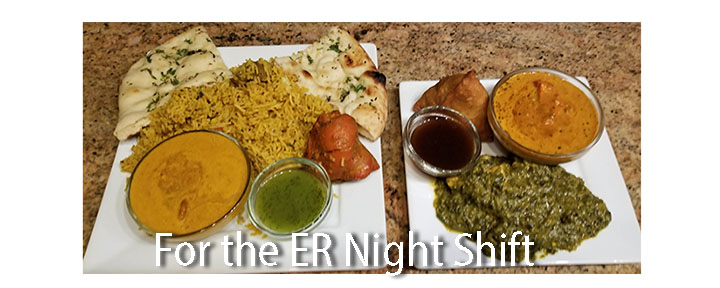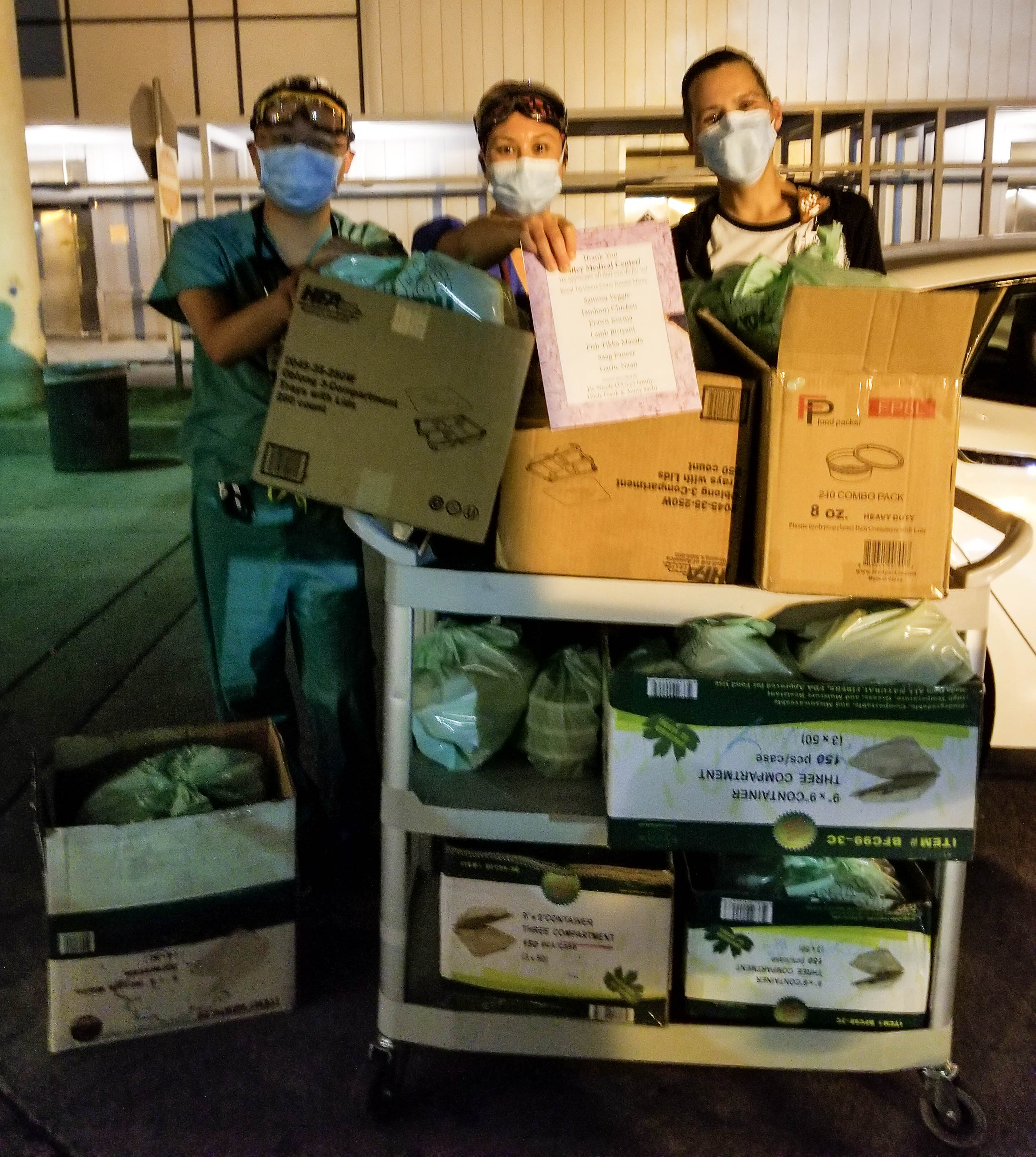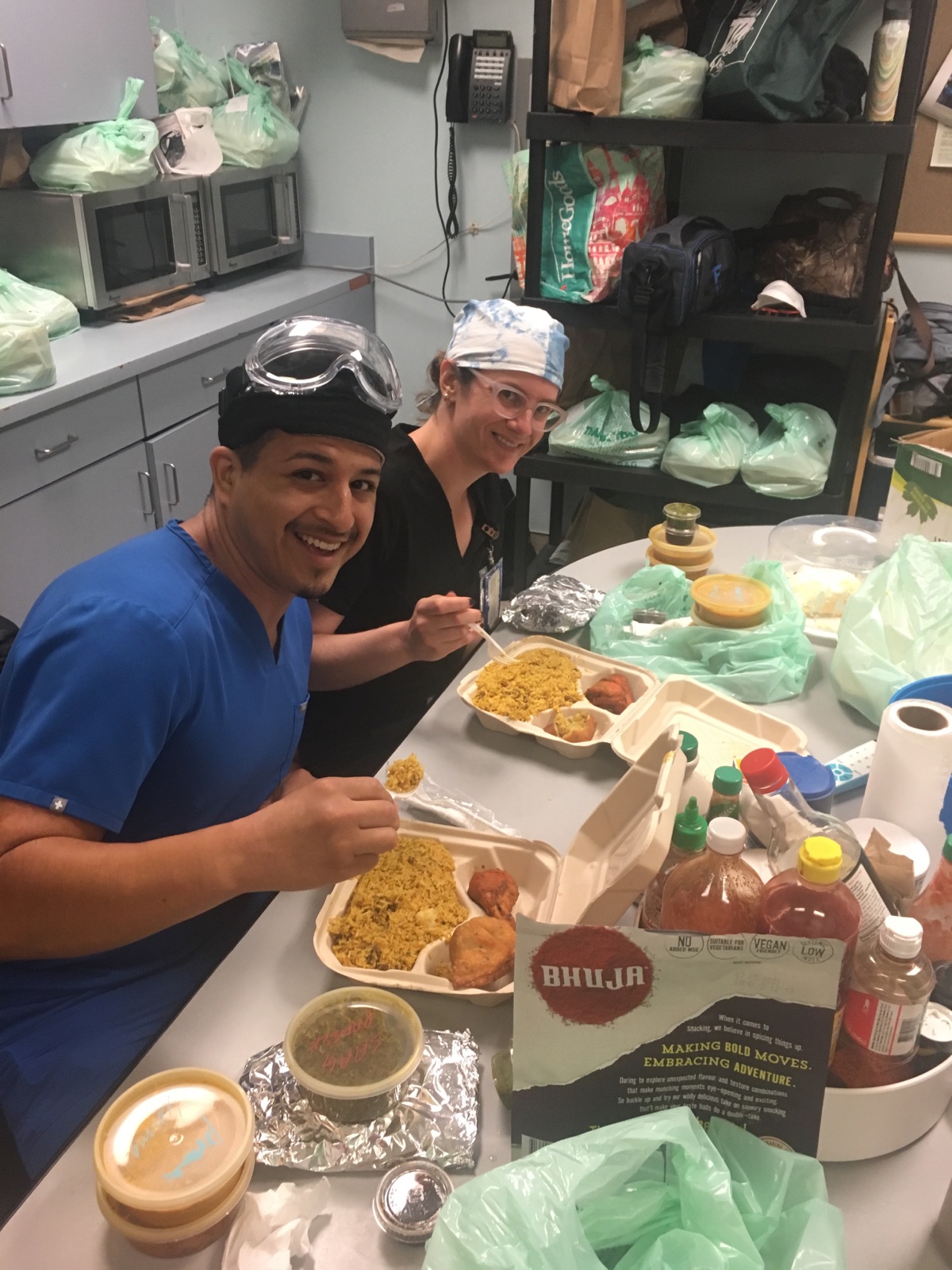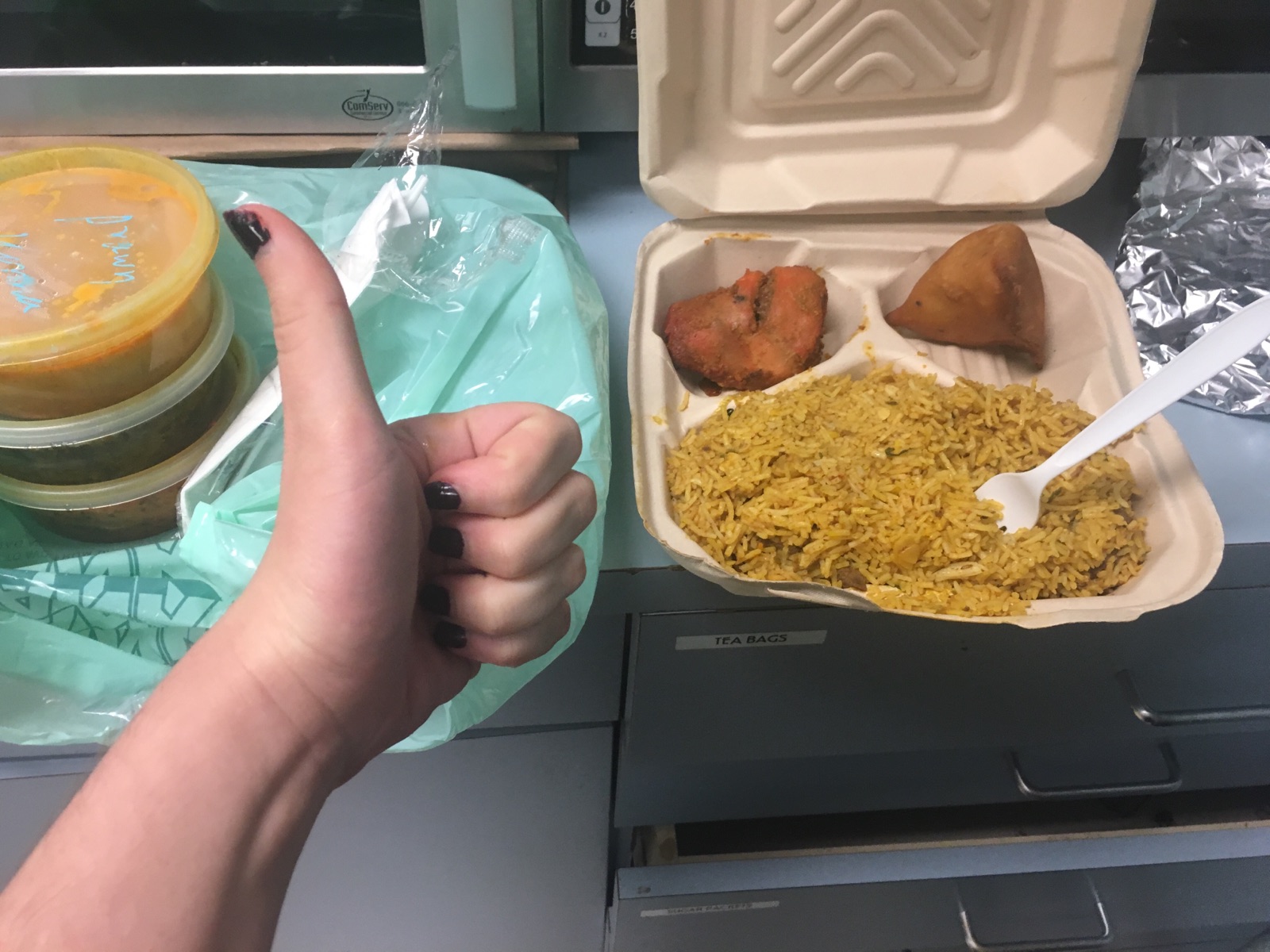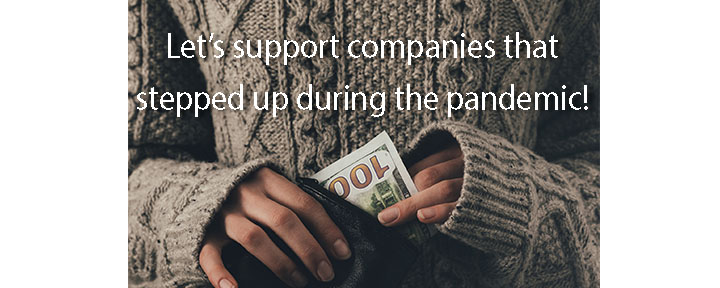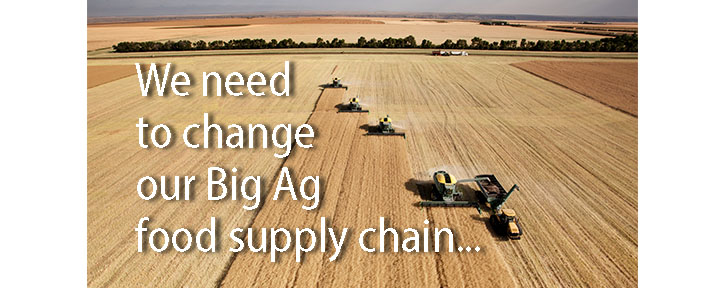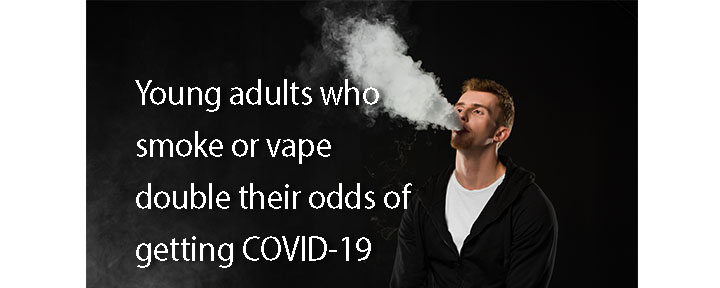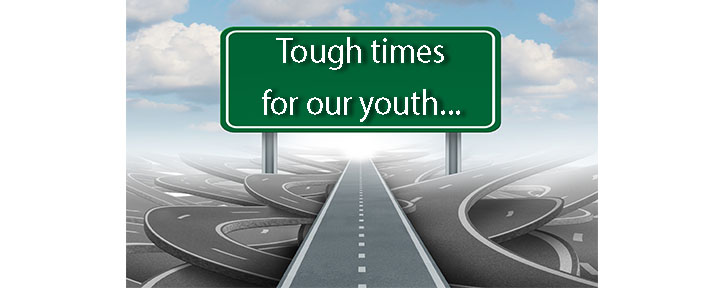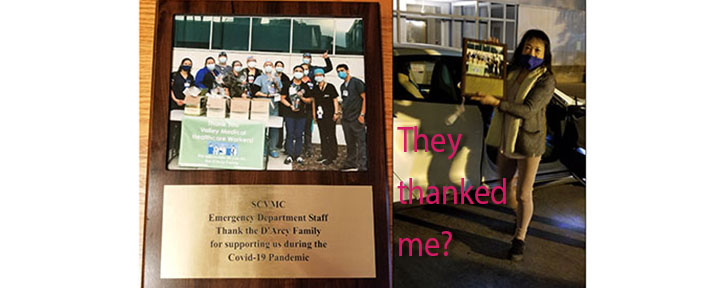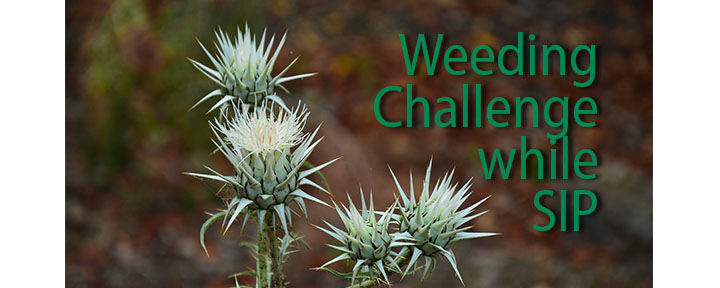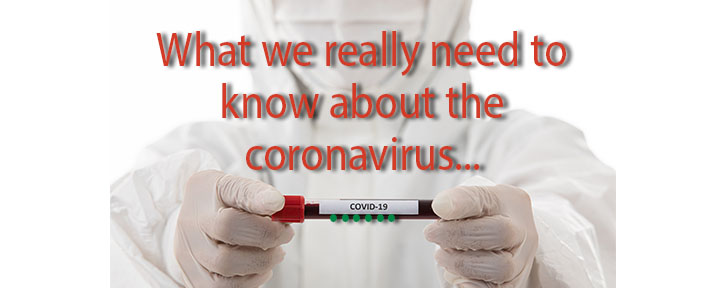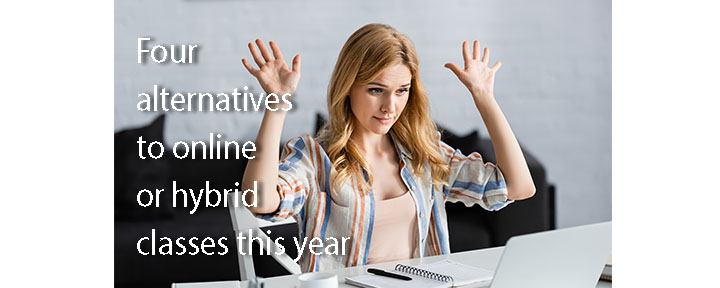
As we approach the start of the 2020-2021 school year, parents and students are worried and frustrated by the decisions their schools are making due to the coronavirus pandemic. Teachers and administrators are concerned about spreading the virus and how they can conduct classes keeping students 6 feet apart. Parents and students realize that their spring 2020 online classes did not offer the quality instruction and overall learning that they had hoped for. Another year of distance learning or hybrid programs will undeniably disrupt both the quality and depth of instruction and learning. So what are your alternative choices?
1. Individual Tutoring (Virtual)
While online or hybrid instruction offers safe learning environments, actual instruction time with real teachers and the depth of material covered during the semester is often truncated. Teachers may not cover all chapters in their textbooks and may require less assignments and exams. While this may seem trivial, students need to receive instruction for all concepts listed in the class curriculum in order for them to be successful in the following year’s courses. So even if the student gets an “A” in the class, they may not be prepared for the next class in the sequence.
Many students are working with tutors to take instruction to a deeper level. By having a tutor review and discuss concepts in depth, students can complete the course being better prepared and more confident. Tutors can fill the gaps when teachers simply don’t have the time or resources to support individual students online.
2. Small Homeschool with Real Teacher (Face-to-face)
Young students and students with learning differences can benefit from having classes at home with just a few students (2 or 3). Parents can select a teacher to teach these classes using curriculum and materials. All parties would be tested for the coronavirus and they would wear masks and maintain 6 feet distance. These classes offer more individualized instruction than online classes. Classes can take place in the home or outdoors. The hosting family can charge tuition for the classes to cover the cost of the teacher wages. I wrote this book to help set up these small homeschools.
3. One-on-One Classes with a Real Teacher (Virtual)
For high school students who want high-caliber individual instruction and grades to separate themselves from their peers (and competition for selective colleges), they can take accredited classes taught one-on-one with a real teacher. This ensures that the student develops skills and learns concepts at a deeper level. Classes are taught using Google Meet in a virtual setting. The teacher individualizes the instruction to best fit the student’s learning modes. Colleges accept these courses and appreciate that the student has taken extra measures to build their academic foundation so they can be successful when attending college. Check out Merit Academy’s one-on-one classes.
4. Do a project (Virtual)
While students are not taking classes on campus and participating in afterschool activities or extracurriculars, they may have more free time. Rather than playing videogames or binge-watching TV shows, students can do a project. Projects can range from writing a book, to developing an app, to creating a non-profit organization, to engineering a device. Some of my students are creating solutions to supply chain problems, while others are engineering fire prevention devices. One student is writing a book on teen angst with tips on how to avoid problems. These projects give students the opportunity to explore possible careers, and they all become more confident and interesting people when they complete these projects. Check out Beat the College Admissions Game with ProjectMerit.
If you don’t like your school options for 2020-2021, consider alternatives. You can make this unprecedented school dilemma a positive opportunity for your child to develop academic and professional skills so they can be more prepared to return to the classroom and position themselves to get into top colleges.


